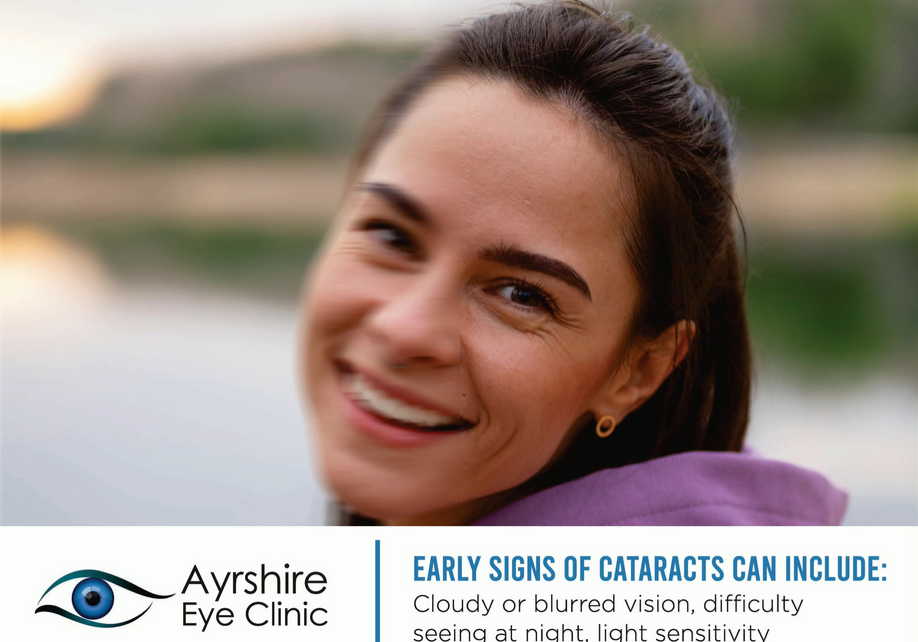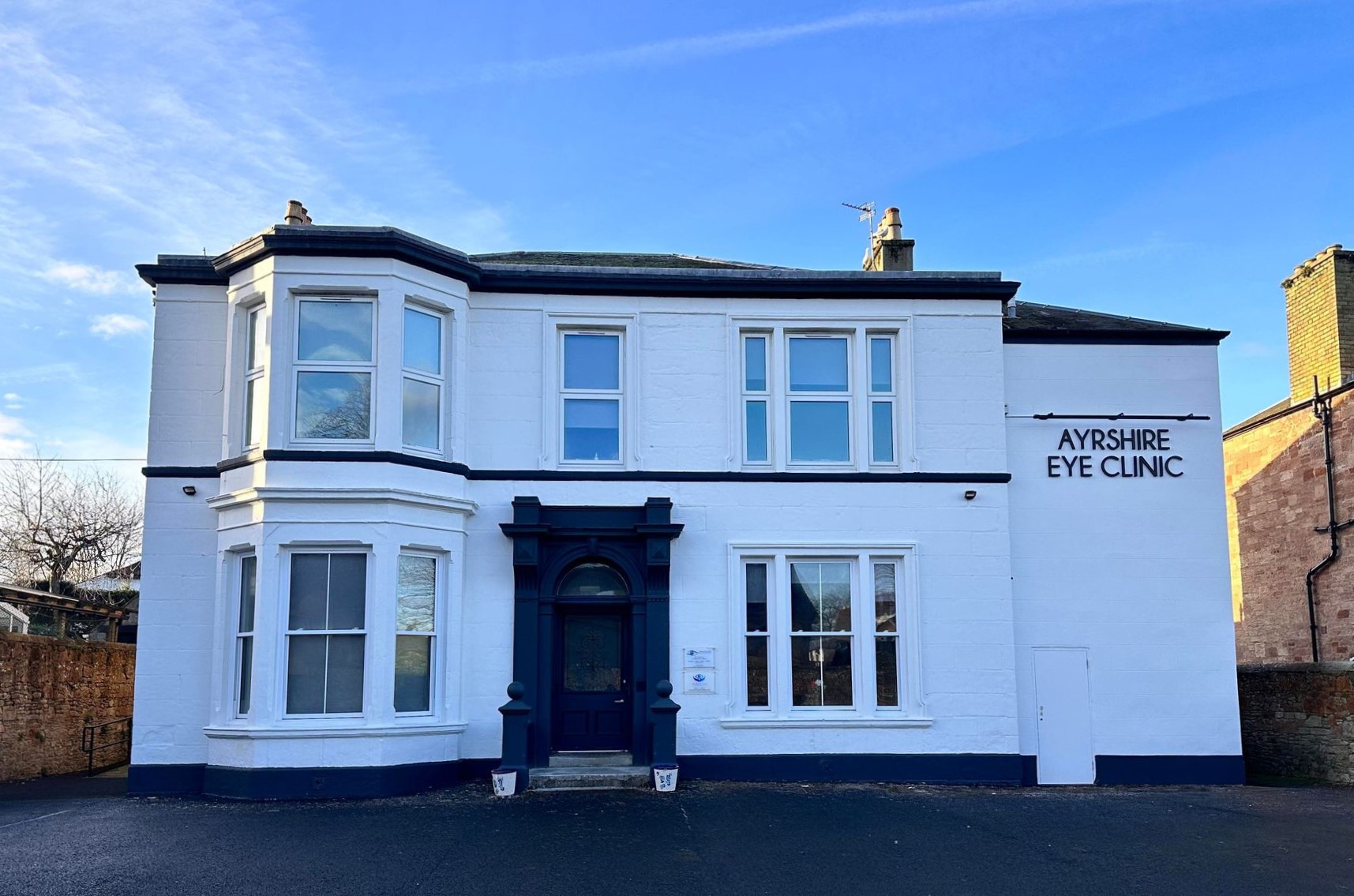Vision Starting to Blur? Spotting the Early Signs of Cataracts (From the Ayrshire Eye Clinic Team)
Published by Ayrshire Eye Clinic on 18/07/25

If you’ve noticed your vision getting a bit more blurry, alongside other symptoms, you might be wondering what’s going on. These subtle changes can be the early signs of cataracts.
And you're not the only one. According to a recent study, Cataract treatment is only on the rise in the UK, with surgical rates doubling from 3,723 per million population in 1997/1998 to 7,896 per million population in 2018/2019.
At Ayrshire Eye Clinic, we often hear patients say things like, “I just thought I needed stronger glasses” or “I didn’t realise it was something more.” Cataracts can creep in gradually, which is why recognising the early signs really matters.
Let’s break it down in more detail. Here are some common early symptoms to look out for.
1. Cloudy or Blurry Vision That Doesn't Clear with Glasses

One of the most common early symptoms is that frustrating feeling of not seeing clearly, even with new glasses.
This symptom might start subtly, such as a haziness in your vision, or a sense that you’re constantly peering through a light mist. Reading small print may become more difficult, and you might find yourself squinting more than usual, especially in bright light.
This happens because cataracts form on the eye’s natural lens and scatter the light that comes through. So even though your prescription might be right, the lens inside your eye isn’t working the way it should. If it feels like your glasses just aren’t doing the trick anymore, it could be a sign that something else is going on.
2. Trouble Seeing at Night

Night vision is another early symptom, and often one of the first things people notice changing.
Driving after dark might become more stressful due to bright headlights. It's also harder to judge distances or see road markings clearly. You may also find that low-light environments are more challenging to navigate than they used to be.
This happens because cataracts reduce the amount of light that enters your eye and distort how that light is processed. The result? It takes more effort to see in dim conditions, and your eyes may feel strained or tired more quickly. If night driving feels more nerve-racking than it used to, don’t ignore it.
3. Glare and Halos Around Lights

Another early warning sign is becoming more sensitive to bright lights.
You might notice a strong glare from streetlamps, car headlights, or sunlight reflecting off surfaces. For some people, it’s not just brightness, it’s the appearance of halos, (circular light patterns around bulbs or light sources).
These symptoms happen because the clouding in your eye starts to scatter light, creating visual distortions. This can make everyday tasks like night driving or walking through brightly lit shops feel uncomfortable. If you're noticing visual glare that seems new or more intense, it's worth getting checked.
4. Colours Seem Faded or Yellowish

When cataracts begin to form, they can actually change the way you perceive colour.
Whites can start to look slightly yellow or beige, and bright colours like reds might not “pop” the way they used to.
Because this change is so gradual, many people don’t notice it until they compare vision between both eyes, or until after treatment, when they realise just how much colour they were missing. If your world’s looking a little duller or more washed out than it used to, your eye lens could be filtering colours more than it should.
5. Double Vision in One Eye

Seeing double can be alarming, especially when it only happens in one eye.
This type of double vision (known as monocular diplopia) is different from the kind caused by neurological issues, and is often a result of changes to the surface of your eye’s lens due to cataracts.
The distortion can make focusing more difficult, and the double image might appear slightly shadowed or blurred. While it’s not as common as the other symptoms on this list, it’s still one of the early signs we look out for. If you close one eye and still see two images, don’t brush it off.
When Should You Do Something About It?

Not all cloudy vision means cataracts. But if these symptoms sound familiar, it’s worth getting a proper check-up. Especially if you’re over 60, or have a family history of eye conditions.
The good news is that cataracts develop slowly, and in the early stages, they may not need immediate treatment. But identifying them early means you can keep on top of things, and know when (or if) it’s time to take the next step.
Let’s Keep Your Vision Clear
At Ayrshire Eye Clinic, we offer comprehensive cataract assessments, designed to spot any changes early and help you stay in control of your vision. Whether it’s simply monitoring the changes or looking at treatment options, we’ll help guide you through it all with care and clarity.
Think you might be noticing early cataract symptoms? Book a consultation today and take the first step towards seeing more clearly again.
